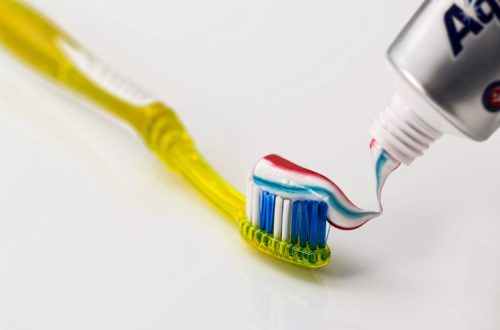The Fat Transfer Alternative to Breast Implants
Sagging skin is a common sign of aging, and many women watch for facial wrinkles early on, taking action with creams and other healthful solutions. The face isn't the only place where collagen and elastin fail to provide tight skin. As women age, their breasts also suffer as skin stretches and sags.

In the past, women turned to implants to increase the size of their breasts and correct sagging. There have been some problems with implants over the years but today, fat transfer breast enhancement is an alternative. Take a look at the pros and cons of each procedure.
Breast Implants
Implants have been used to increase the size of breasts, making them fuller as well as bigger. This procedure has also been done for reconstruction after breast cancer. Typically, silicone shells are either filled with saline (sterile saltwater) or silicone gel. The shells may be filled with fluid before the implant operation or during.
Pros and Cons
There are several positive reasons to consider implants whether you want to increase your breast size or remove physical imperfections:
- The implant operation is quick and simple.
- The operation itself is pretty safe.
- As far as cosmetic surgeries go, implants are fairly inexpensive.
Overall, women who have had this procedure done typically remain satisfied with the results. Of course, there are some negative factors to consider as well:
- There are risks, such as rejection of the implants, ruptures, leaks, and a loss of sensitivity. Some women experience these complications, and others don't.
- The operation itself is simple, but the healing process can be very painful.
Breast plant procedures have been around for a long time now, and many women are happy with the results they've received. For a lot of women, the entire process has had a positive impact. Women may make important lifestyle changes, such as cutting out smoking. In the end, many women experience increased self-confidence.
Fat Transfer Breast Augmentation
This modern procedure begins with liposuction. Next, the fast is separated from blood and other substances and then washed with an antibiotic solution. Finally, the fat is transferred with a small injection tube into the breast. If you've begun sagging, some fat can be injected in the upper part of the breast for more youthful results. This procedure is generally used to add a single cup size, but it can increase breast volume up to two sizes.
Pros and Cons
The procedure, also known as fat grafting, lipoinjection, and autologous fat transfer, has become very popular.
- The resulting breasts can be contoured to look and feel natural.
- There's minimal risk of rejection by the body.
- Scarring is minimal, and recovery time is shorter than for implants.
Women often appreciate the dual benefits of a reduction of fat in problem areas and a modest increase in breast size. There are a few drawbacks to consider before scheduling the procedure:
- Fat cells don't always survive, and they may not survive evenly in both breasts, leading to a risk of asymmetry.
- It's generally not possible to achieve more than two cup sizes.
- There are more steps in fat transfer breast augmentation than in the breast implant operation, so this procedure tends to be more expensive.
Similarities and Differences
For both procedures, you need to be in good health. If you smoke, you'll need to quit before you can have either procedure. For the fat transfer, you need enough fat to get the results you want; 1,000 milliliters represent the minimum amount of pure fat necessary for success. If you want to correct saggy, stretched skin around your breasts, combine this procedure with a breast lift. Implants are a good route if you want to add more than one or two cup sizes.
The Decision Between Implants and Fat Transfer Augmentation
Both procedures are successful at increasing breast size. However, many women prefer the fat transfer procedure primarily because it removes fat from areas where it isn't wanted. Your decision should be made based on your preferences and the information you gain by consulting with a medical professional.


